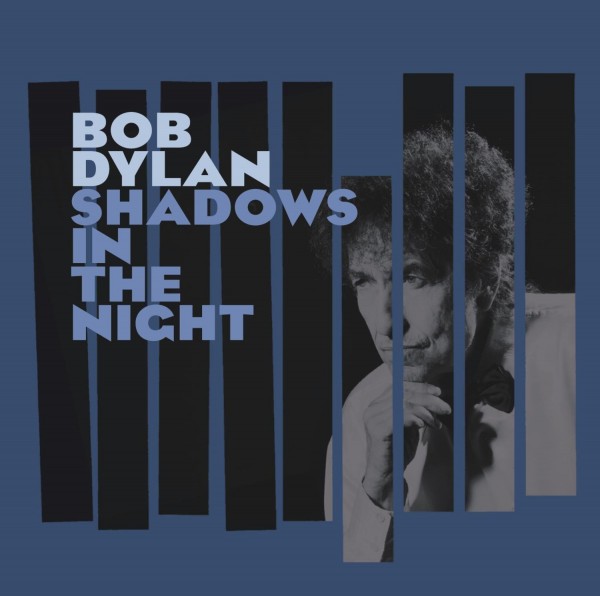Bob Dylan – Shadows in the Night

Bob Dylan’s 2009 album of holiday standards could be seen as an example of the Bard having a little fun with the public, but make no mistake: Shadows In the Night, the 73-year-old’s stripped-down set of songs largely popularized by Frank Sinatra, is no laughing matter.
Nobody is going to argue that Dylan’s weather-beaten, gravel-textured voice belongs on the same level as Ol’ Blue Eyes’ baritone, Tony Bennett’s crooning, or even many of the contemporaries that tackled Sinatra projects. Yet the Minnesota native’s measured, cautious pace—and equally importantly, elastic phrasing, gentle timbre, and seeming self-awareness of his own abilities as a balladeer—begets an emotional honesty lacking on many of the forgettable Great American Songbook efforts released during the past several decades. Via restrained arrangements and resigned moods, the music often falls in line with several of Dylan’s better late-career records—including parts of Time Out of Mind and Love and Theft.
Focusing on Sinatra’s alone-at-the-bar saloon fare and wisely steering away from upbeat swing, Dylan succeeds in peeling away the big-band layers to leave minimalist arrangements that frame his vulnerability, regret, and loneliness. He expresses the latter feelings by taking his time with the lyrics, be it stretching syllables like taffy or drawing out spaces between words.
Having eliminated the traditional string elements—and save for three tunes, the horns—Dylan needn’t compete with a band. Rather, one complements him, with his longtime touring mates supplying discreet backgrounds salted with country and blues flavors. Donny Herron’s aching, gliding pedal-steel guitar lines mirror the singer’s loneliness on material such as “Full Moon and Empty Arms” and “What I’ll Do.” Dylan even manages to bring fresh perspective to “Autumn Leaves” and “That Lucky Old Sun,” investing each standard with a sense of tragic certainty Shakespeare—surely, a peer in spirit—would’ve appreciated.
Captured at Capitol’s Studio B, a location Sinatra frequented, Shadows In the Night claims no overdubs or separate tracking. Dylan and Co. recorded live, with no headphones or vocal booths. What’s in the grooves is basically what went down, and most songs were completed in one or two takes. The resulting intimacy and spontaneity lend further credibility to an album that, by looking to the past, speaks volumes about the need for more musical truthfulness in the present. —Bob Gendron



